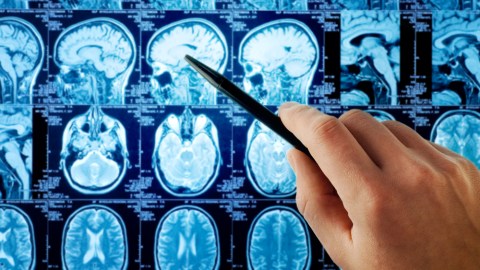Two Ways Neuroscience Will Impact the Law

When it comes to neuroscience and the law, there are two main topics of interest. One of them is the topic of free will. And that is the question, if somebody, say with a brain tumor in the frontal lobe that we know is associated with areas involving judgment, is that person as responsible for a violent crime as somebody with a brain that is not known to have a specific anomaly?
There are arguments that go back and forth. I’m very comforted by the fact that the legal system is taking these issues, these very important issues, in a thoughtful, contemplative manner. There is no black and white answer. But these are topics that will undoubtedly change the law in one way or another.
The law will emerge, but it’s not predictable exactly how precedent will be established.
The other area that’s a little bit less philosophical and more operational is in the area of documenting personal injury as it relates to conditions like chronic pain. Pain is one of these sensory perceptions that falls in the category of the hard problem, that is, how do I know that your sensation is pain just because you tell me you’re in pain, and I don’t see an injury that makes me think you’re in pain? How do I know that your complaint of chronic pain is real? Functional imaging has been shown to be very effective in documenting sensory responses, neuro responses, associated with mechanisms that we know are related to pain.
This gets back to the question about reverse-engineering. Can one read the brain and make inferences about what is actually being experienced by an individual? These are questions that are in front of us that weren’t in front of us 10 years ago and that aren’t totally resolved. But the general consensus is moving toward the possibility that functional imaging might be legitimately entered into, as evidence, into a court of law documenting personal injury type of experiences.
In Their Own Words is recorded in Big Think’s studio.
Image courtesy of Shutterstock





